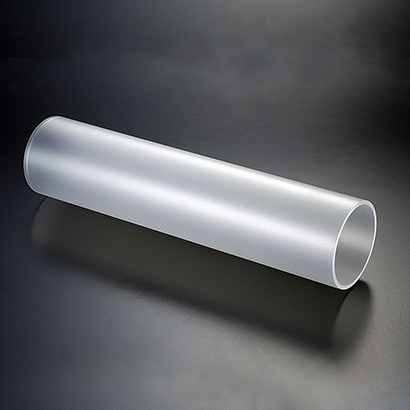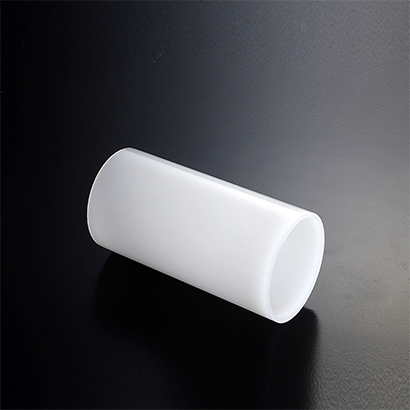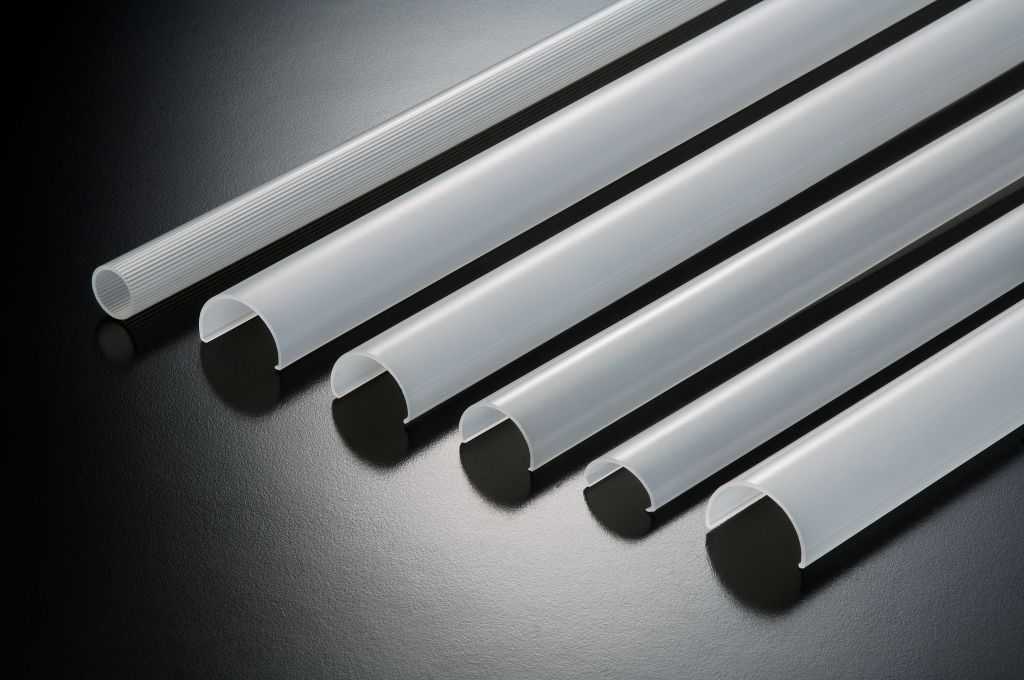Acrylic Extruded Tube VS. Cast Tube
Q: Acrylic Cast Tube
At present, SMEACRYLIC extruded acrylic tube, which can produce a maximum outer diameter of 250mm, but if you need a larger size, you can consider Cast Tube, the outer diameter can reach 600mm, Thickness 10mm, The length is 1.0~1.2M. The manufacturing process is based on liquid MMA raw material, poured into the tube mold, and formed by the centrifugal principle. The dimensional tolerance is large, the process is long, and one piece can be produced. It is suitable for small-scale production. Better, because the molecular weight is high, it can withstand temperature of about 90 degrees, but there will be fine cloth wheel throw marks on the surface.
Q: Comparison table of Extruded Tube and Cast Tubes
At present, SMEACRYLIC extruded acrylic tube, which can produce a maximum outer diameter of 250mm, but if you need a larger size, you can consider Cast Tube, the outer diameter can reach 600mm, Thickness 10mm, The length is 1.0~1.2M. The manufacturing process is based on liquid MMA raw material, poured into the tube mold, and formed by the centrifugal principle. The dimensional tolerance is large, the process is long, and one piece can be produced. It is suitable for small-scale production. Better, because the molecular weight is high, it can withstand temperature of about 90 degrees, but there will be fine cloth wheel throw marks on the surface.
Q: Comparison table of Extruded Tube and Cast Tubes
| Acrylic Cast Tube | Acrylic Extruded Tube | |
| Manufacturing Operation |
Using liquid MMA raw material, pour it into the tube mold, It is formed by centrifugal principle and has large dimensional tolerance. The production process is long, and one can also be produced, which is suitable for small-scale production. There will be slight cloth wheel throw marks on the surface. |
Extruded from granular PMMA, with small dimensional tolerance, Fast production speed, suitable for mass production, It is normal to have small mold marks on the surface. |
| Tolerance | Large | Small |
| Molecular Weight | High (one million) | Low (a hundred thousand) |
| Physical properties | Good (The molecular weight is high, and the temperature resistance is about 90 degrees) | Not Good (the temperature resistance is about 80°) |
| laser cutting | OK | OK |
| Polishing (cloth wheel) | Good (Higher temperature resistance) | Not very Good |
| Drilled (thick) | Good (Good physical properties, high molecular weight) | Need to drill slowly to avoid overheating (more likely to melt) |
| Production restrictions | 1 pcs can also be produced | Production base quantity required |
Related Applications

Exhibition Space Partition esign
Take advantage of the transparent properties and changing colors of acrylic tube materials to create unique and memorable displays. It is suitable for various types of exhibitions, exhibitions, events, showrooms and other places to divide the display space and display products or services.

Welcome Wall Design
The acrylic tube back wall design uses transparent acrylic tube material sandblasting and LED lighting to create a unique and modern background, enhance the atmosphere of the space and attractive visual effects, making the entire back wall full of life and vitality.
-1.jpg)
Decorative Lighting Applications
Acrylic pipe sticks can be used as lighting or decorative elements. In the design of lighting or decorations, through appropriate lighting design, the light can form a unique light guide effect inside the acrylic tube rod, creating a unique visual effect and adding to the beauty and artistic atmosphere of the space.
.jpg)
Food Display Application
Acrylic display racks provide a stylish way to display the original appearance of food. The transparent acrylic material allows customers to clearly see the color and details of the food while providing an attractive visual effect.

Aquatic Applications
Acrylic is a common material for aquariums, especially its transparent nature, which provides better visual effects and makes it easier to view aquatic creatures and conditions. Acrylic’s light transmittance and weight are better than glass, so it is often used as glass replacement of.








